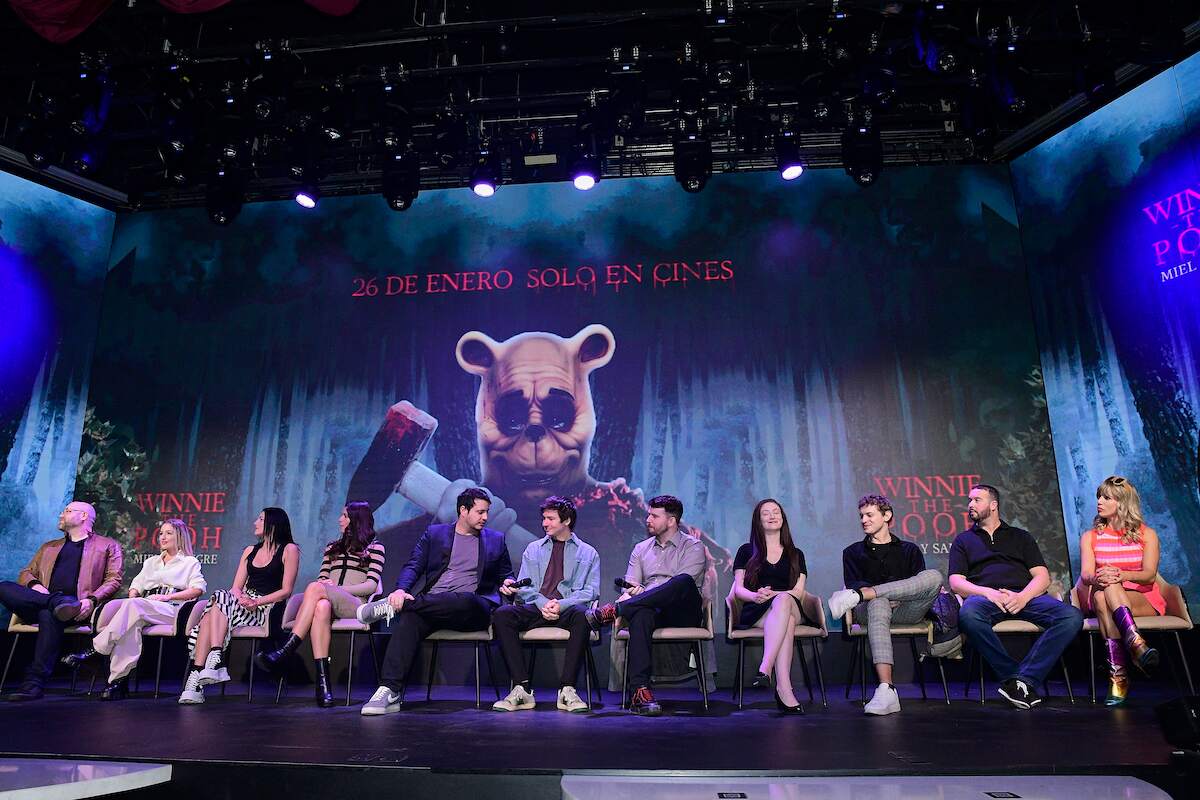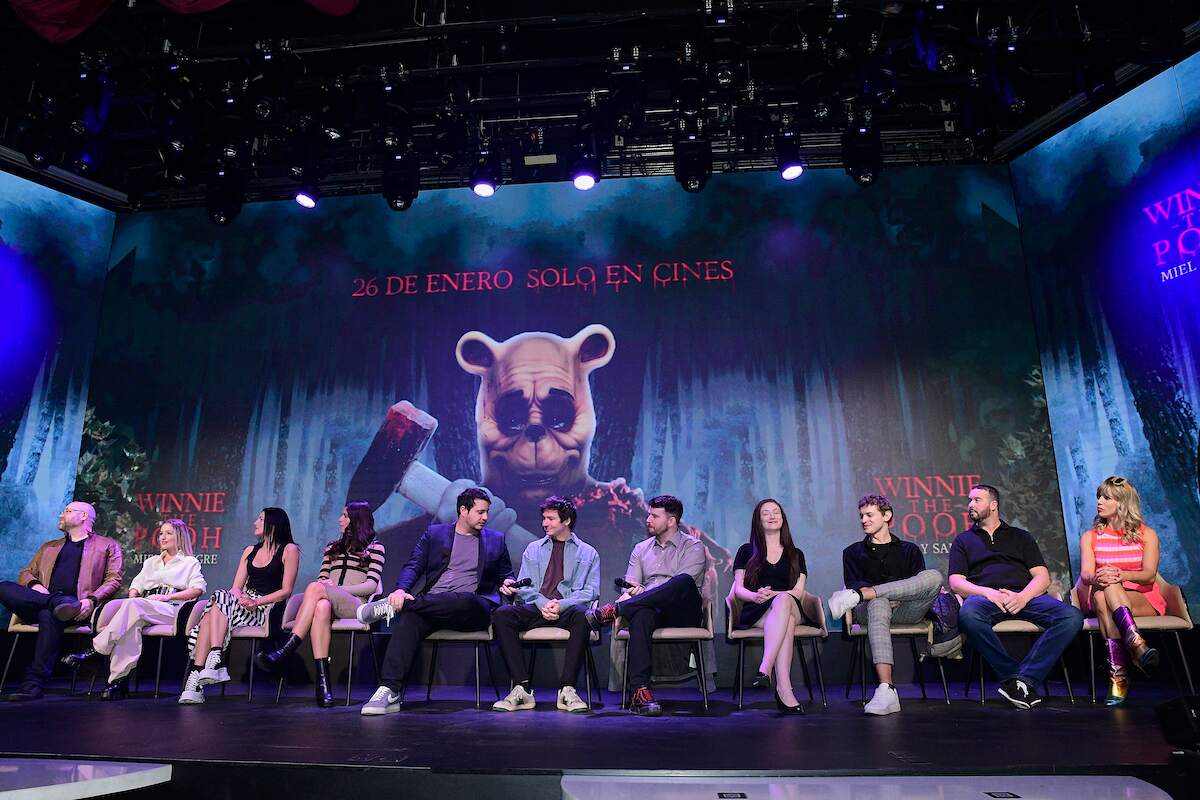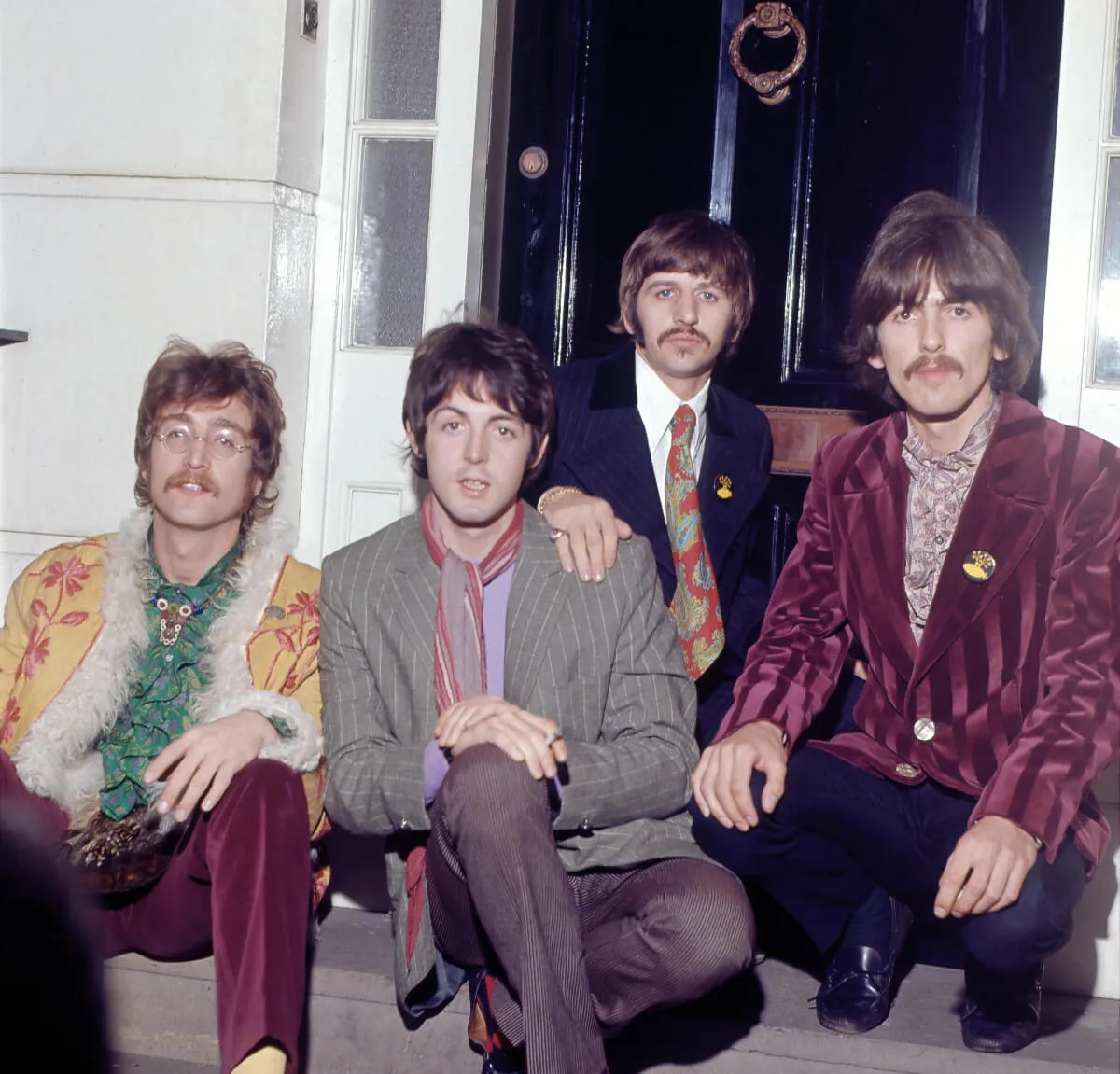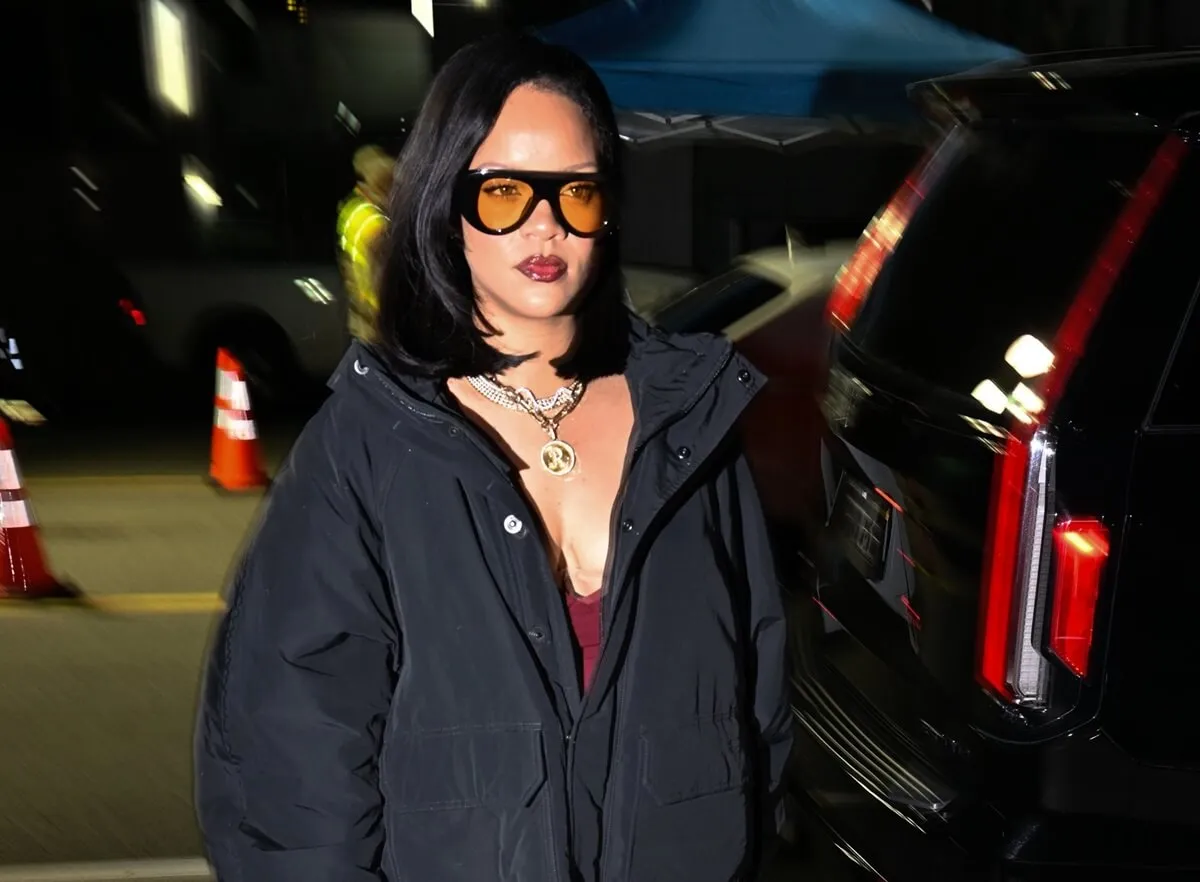
‘Winnie the Pooh’: Blood and Honey’: How the Slasher Film Carefully Avoided Copyright Infringements as the Classic Story Entered the Public Domain
When news broke that a horror film called Winnie the Pooh: Blood and Honey would premiere in 2023, people certainly had mixed reactions. Whether you loved or hated the idea from the get-go, you probably had the same question as everyone else: How could they get away with creating a horror version of Winnie the Pooh without committing copyright violations?
The answer is complicated. But this was clearly a team that did their homework. The film premiered on February 15 without a legal hitch. It’s been so popular with viewers that a sequel has already been greenlit. Here’s how it all unfolded:
The history of Winnie the Pooh and how Disney got involved
The original Winnie the Pooh was the furthest thing from a horror flick, as CBC Kids reports. A.A. Milne published the first book on October 14, 1926, after being inspired by his young son’s teddy bear, named after a beloved bear at the London Zoo. The other characters in the book were also based on stuffed animals that belonged to his son, the real-life Christopher Robin.
Tigger was introduced in the book’s sequel, The House at Pooh Corner. Everyone soon fell in love with Winnie the Pooh and his friends, with the story spreading worldwide. Winnie the Pooh was even translated into Latin, becoming the first foreign-language book to make the New York Times Best Sellers List.
Disney first bought the rights to the Winnie the Pooh characters in the ’60s, according to The New York Times. The company has been paying twice-yearly royalties to the beneficiaries of A.A. Milne’s will ever since. In 2001, Disney paid a lump sum of $350 million for the rights until the copyright expires in 2024.
Is the Winnie the Pooh copyright public domain?
As of 2022, the Winnie the Pooh copyright entered the public domain — but only the original A.A. Milne version, as Temple University details. The current public domain term is the life of the author plus 70 years, or 95 years after publication. In this case, it’s the latter, meaning Disney no longer owns exclusive rights to the story.
However, this doesn’t mean every character or detail is free to use. Characters used in follow-up books, like The House at Pooh Corner, cannot be used until 2023. (The movie was filmed in 2022). This means Tigger, the jumping tiger, will not appear in the movie.
Aspects of Pooh’s character, such as his red shirt, also remain trademarked by Disney. This is due to differences in laws between trademark and copyright. Copyright can’t be reintroduced, but trademarks can be applied for and renewed.
So, while some aspects of the story remain the same (Winnie the Pooh, Piglet, Christopher Robin, and the Hundred Acre Wood), plenty of details have been changed for the horror film. Of course, there is no bigger change than the fact that Pooh and Piglet are now cold-blooded killers.
What is ‘Winnie the Pooh: Blood and Honey’ about?

In the beginning of the slasher movie, a grown Christopher Robin and his bride-to-be, Mary, return to the Hundred Acre Wood. Christopher Robin hopes to become reacquainted with his old friends and introduce his fiancee. Unfortunately, the animals are quite bitter that Christopher Robin had abandoned them, and the couple soon makes a grisly discovery. What follows is two hours of terrifying carnage.
While the initial concept was met with mixed reviews from Pooh fans, the response to the film has been overwhelmingly positive. A sequel is already in development.


